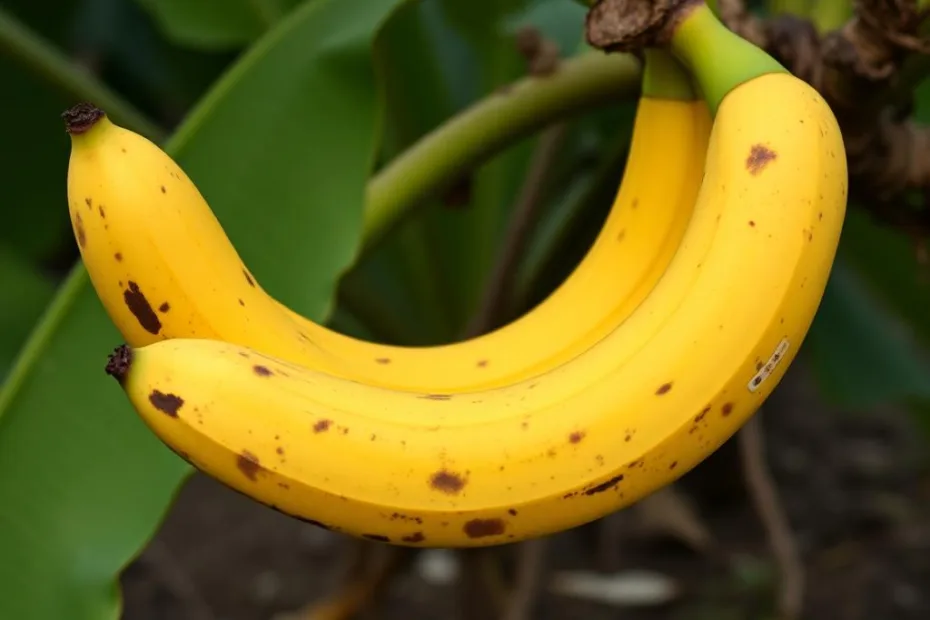Banana in Spanish: Plátano or Banana
The word “banana” in Spanish is commonly translated as plátano or simply banana, depending on the region. While both terms are used, there can be slight differences. In many Spanish-speaking countries, plátano refers to both bananas and plantains, while banana is specifically used for the sweeter variety that’s eaten raw.
In this blog, we’ll explore the meaning of plátano and banana, their cultural significance, culinary uses, health benefits, and unique role in Spanish-speaking cultures.
1. Meaning of Plátano and Banana
The terms plátano and banana are often used interchangeably, though they can have regional distinctions.
- Plátano: In many Spanish-speaking countries, plátano may refer to both bananas and plantains, the starchy cousin of bananas.
- Banana: A more universal term used primarily for the sweet, yellow fruit.
Example Sentences
- Me gusta comer plátanos con avena en el desayuno.
(I like eating bananas with oatmeal for breakfast.) - Las bananas están muy maduras; hagamos un batido.
(The bananas are very ripe; let’s make a smoothie.)
2. Types of Bananas (Plátanos)
There are various types of bananas enjoyed across the world, especially in Spanish-speaking regions.
- Plátano Cavendish: The common yellow banana found in supermarkets.
- Plátano Manzano: A smaller, sweeter banana with an apple-like flavor.
- Plátano Macho: A starchy plantain used for cooking.
- Banana Roja: A red-skinned banana that is sweet and creamy.
- Banana Baby: A tiny, sweet variety often used in desserts.
3. Regional Usage of Bananas (Plátanos)
Mexico
In Mexico, bananas (bananas or plátanos) are enjoyed fresh, fried, or used in desserts like flan de plátano. Plantains are also common, particularly in savory dishes.
Spain
Spain is known for its plátanos de Canarias (bananas from the Canary Islands), which are smaller and sweeter than standard varieties.
Caribbean and Latin America
In the Caribbean and countries like Colombia, Venezuela, and the Dominican Republic, bananas and plantains are a dietary staple. They’re prepared in countless ways, from sweet fried plantains to savory plantain stews.
4. Idiomatic Expressions with Plátano or Banana
Bananas appear in many Spanish idioms and sayings:
- “Se le fue el plátano”: Used to describe someone who has lost focus or gone off track.
- Example: Estaba estudiando, pero se le fue el plátano. (He was studying, but he got distracted.)
- “Estar como un plátano”: Describes someone who is very flexible, both physically and mentally.
5. Fun Facts About Bananas
- Global Production: Bananas are one of the most consumed fruits worldwide, with major production in countries like Ecuador, Colombia, and Costa Rica.
- Banana vs. Plantain: In Spanish-speaking countries, plantains are often used in savory dishes, while bananas are eaten raw or in desserts.
- Natural Packaging: The banana’s peel makes it one of the easiest fruits to transport and eat on the go.
6. Example Sentences About Bananas (Plátanos)
- Los plátanos de Canarias son famosos por su sabor dulce.
(The bananas from the Canary Islands are famous for their sweet flavor.) - Voy a preparar un batido de plátano con leche.
(I’m going to make a banana smoothie with milk.) - El mofongo con plátano macho es delicioso.
(Mofongo with plantain is delicious.) - Siempre llevo un plátano en mi mochila como snack.
(I always carry a banana in my backpack as a snack.) - Los niños aman los helados de plátano.
(Kids love banana ice cream.)
Plantain vs. Banana in Spanish
In Spanish, plantain and banana are distinct fruits but are often confused due to their similar appearance. While both belong to the same botanical family (Musa), their uses, flavors, and names vary. Here’s a detailed breakdown of the differences between plantains and bananas in Spanish, including their terminology, culinary uses, and regional distinctions.
The banana—or plátano—is much more than just a fruit; it’s a cornerstone of culinary and cultural traditions in Spanish-speaking countries. Whether eaten fresh, cooked, or blended into drinks, bananas offer incredible versatility and nutritional benefits.
Also read:
Additional Insights

Parallel Axis Theorem – Definition, Formula, Derivation & Applications

Axis of Symmetry: Definition, Equation, and Real-Life Applications

X and Y Axis: Definitions, Graphs and Examples
Coconut Spanish Translation

Cashew Spanish Translation
Axis Definition and Meaning

Walnut in Spanish Translation

Almond in Spanish – Translation and Meaning

